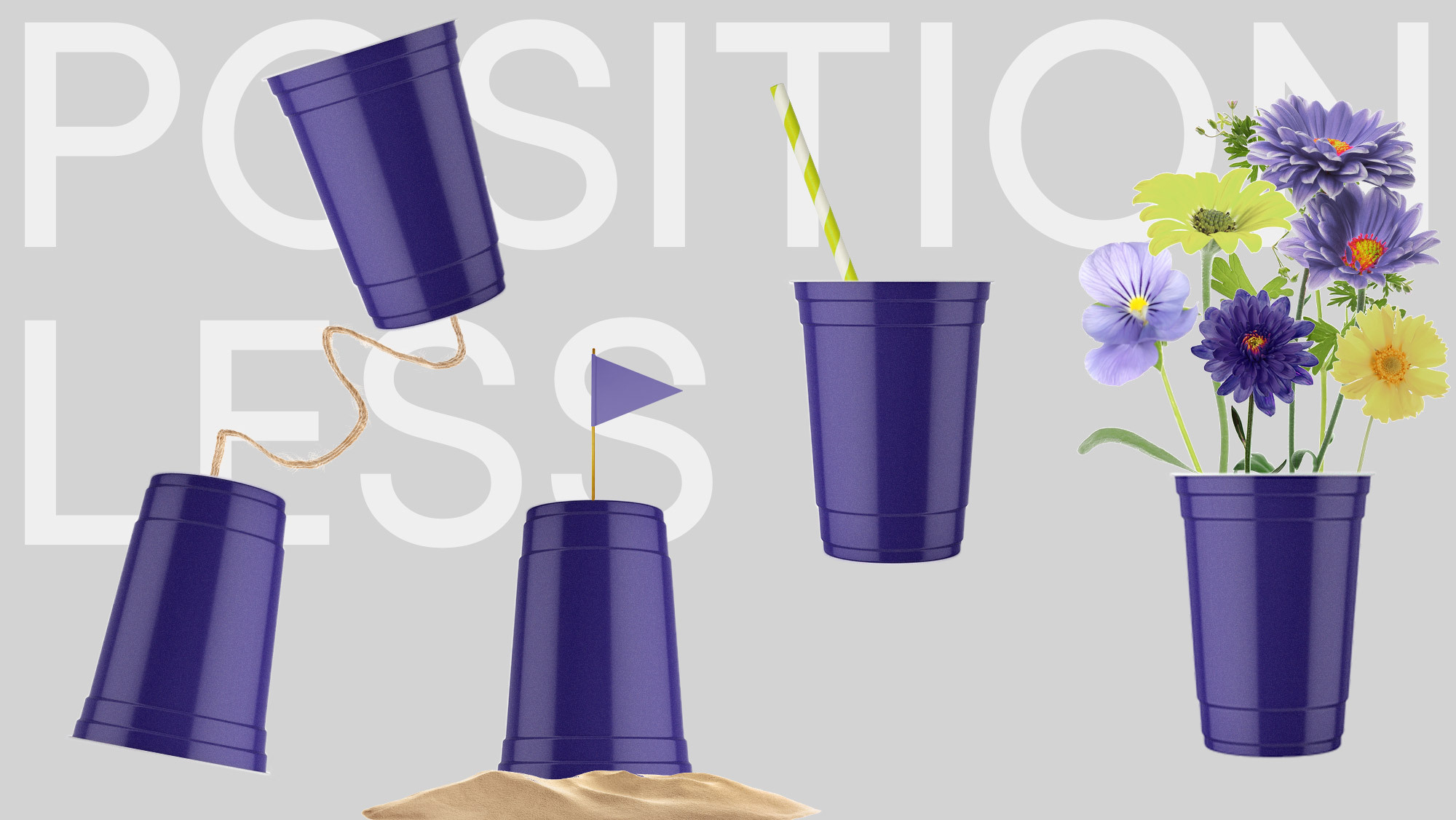
AI and the Retail Marketer’s Future
How AI transforms strategy and processes, driving the adoption of Positionless Marketing
Exclusive Forrester Report on AI in Marketing
Welcome to the first part of this mini-series, where we discuss opportunities hidden in your data (if you use it properly). Imagine being able to tell when an offer drove customers to buy in-store, or when a loyal offline customer starts migrating towards your online store. This kind of precious information has the power to influence your marketing decisions greatly. Offline interactions impact your online performance in more ways than most eCommerce businesses often understand. On the other hand, your online presence has a direct impact on physical store performance, and most companies fail to connect the dots between the two. But it's totally doable. And by unifying digital and physical data points, retailers can get a 360-degree view of their customers. Today, we will present to you how combining offline, and online data can take your business (and your customer relationships) to the next level.
Every customer model starts with a single customer view. The single customer view unifies the customer data in your database and flattens it into one table where every row offers per-customer insight. Any interaction the customer had with your business is documented in the table's columns, alongside any demographic information available, helping you answer the following questions:
No two customers are the same; The Single Customer View allows you to micro-segment your audience according to their unique relationship with your brand.
With access to all customer activity in a single view, you'll get a better idea of their value – allowing you to easily calculate the sum of their actions as well as their future predicted value.
By combining online and offline customer data, you'll find out which customers generate a higher return on investment, how much it costs you to convert an offline customer, and so much more. For example, Optimove's bespoke customer model is tailor-made to each brand's unique customer data set and KPIs. Optimove segments customers using a combination of rule-based segmentation and a mathematical algorithm known as "k-means clustering" to segment customers into groups based on predictions regarding their total future value. The model considers any customer data point, both offline and online.
Having the benefit of tracking online and offline customer behavior in one unified customer model is powerful on its own. But on top of that, it allows businesses to create predictive models for their customers' future value.
For example, an activewear retailer using Optimove, noticed an interesting pattern when using Optimove's segmentation method: a segment of customers who buy mostly on web (hybrid shoppers) and make offline purchases have a higher Avg. Future Value (AFV) than customers that strictly purchase offline or online only.
Based on this insight, the retailer decided to send a dedicated campaign that includes an in-store coupon to online-only customers, with the goal of migrating online-only shoppers towards the hybrid shopper segment (since their future value is much higher).
Thanks to the complete customer view and its implications on predictive analysis, the marketing team found their ideal customer DNA and shifted the strategy accordingly.
 The drift of it: Using Optimove, marketers can create campaigns dedicated to moving customers to specific segments that are more valuable. And comparing and analyzing your offline and online customers is crucial here. By knowing which segment differs from the other – and how - you can easily adjust your marketing strategy accordingly.
The drift of it: Using Optimove, marketers can create campaigns dedicated to moving customers to specific segments that are more valuable. And comparing and analyzing your offline and online customers is crucial here. By knowing which segment differs from the other – and how - you can easily adjust your marketing strategy accordingly.
Customers are dynamic, and their product preferences and spend and purchase frequency change over time. However, a smart customer model allows you to react to these changes by continuously updating data in realtime – giving your marketing team the ability to revisit strategies at any point in time. Having a unified customer model sits at the foundation of smart orchestration. For instance, you can send online messages (such as Push, Email, or Ads) in response to offline activities such as store visits. You can also use offline channels (such as SMS, Phone, or even Direct Mail) in reaction to online events, like newly browsed categories. Calling or emailing customers has generated a lot of positive feedback for several Optimove clients. Similar tactics that involve providing in-store sales reps with online customer data were used by a jewelry retailer at Optimove to drive a 53% increase in monthly average net revenue and a 15% decrease in customer churn and 143% increase in purchase amount through clienteling campaigns.
The combination of offline and online data gives you the ability to maximize your brand's marketing efficiency. Seeing your business as a cross-platform playing field, where every customer receives the best and most effective communication, is a superpower in today's noisy, competitive landscape. Retail marketers must strive towards a unified, holistic customer view, and now that you know what's possible, we encourage you to implement such a solution in your business today. Stay tuned for the next part of this mini-series, where we'll discuss the influence of rule-based and cluster-based segmentation on your marketing efforts.
Exclusive Forrester Report on AI in Marketing
In this proprietary Forrester report, learn how global marketers use AI and Positionless Marketing to streamline workflows and increase relevance.


Writers in the Optimove Team include marketing, R&D, product, data science, customer success, and technology experts who were instrumental in the creation of Positionless Marketing, a movement enabling marketers to do anything, and be everything.
Optimove’s leaders’ diverse expertise and real-world experience provide expert commentary and insight into proven and leading-edge marketing practices and trends.


